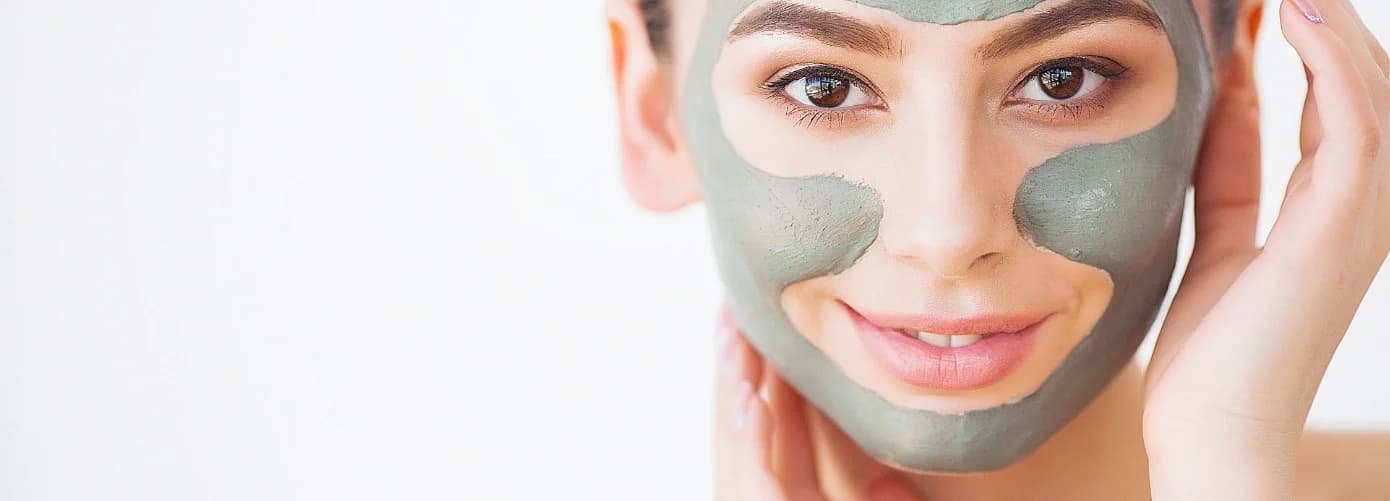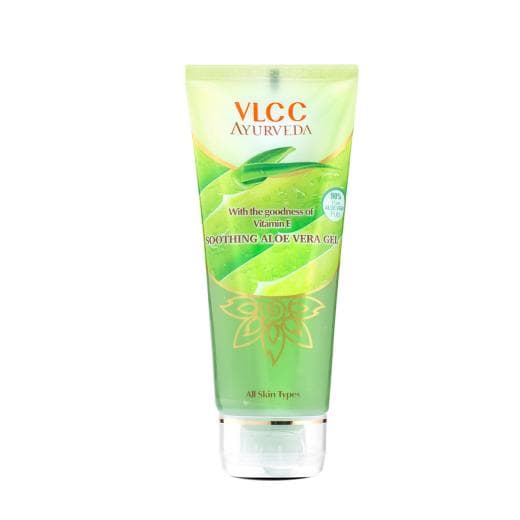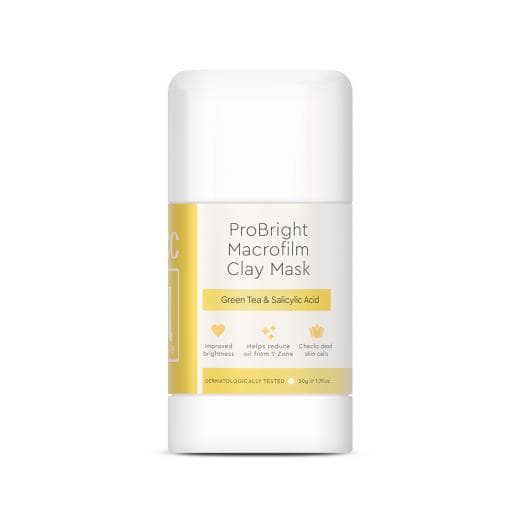Impact Area
Select Area of Concern
Explore our range of solutions for your specific concerns
Weight Management
Skin & Dermat
Hair
Body
Bridal
Laser
Select your Concerns
Explore our range of solutions for your specific concerns
Select your Solution
Explore our range of solutions for your specific concerns
blogs / best facials dry oily acne prone sensitive combination skin
Best Facial for Your Skin Type: Dry, Oily, Acne-Prone & More
By VLCC
1 minutes read | Dec 30, 2024


Talk to our VLCC Experts
Get personalized advice from our certified dermatologists and hair specialists. Book a consultation to discuss your specific needs and treatment options.
Free initial consultation
Customized treatment plans
Expert guidance throughout
Talk to our VLCC Experts
Recommended Products
Recommended Products
Blog by concerns
Expert Formulations
Solution - Oriented
Instant Results
Long Term Benefits
Clinically Researched
Expert Formulations
Solution - Oriented
Instant Results
Long Term Benefits
Clinically Researched


